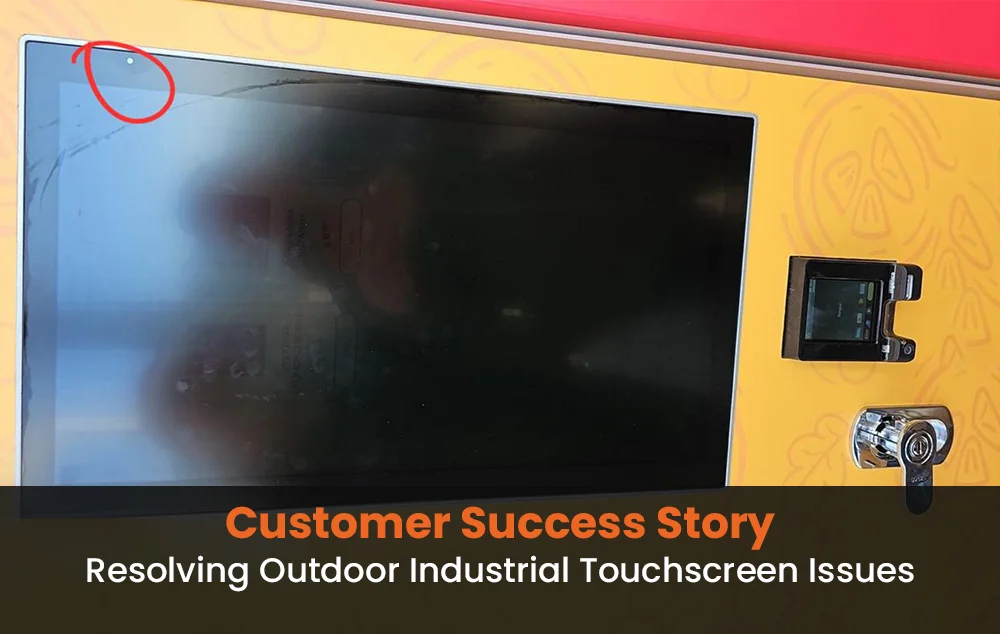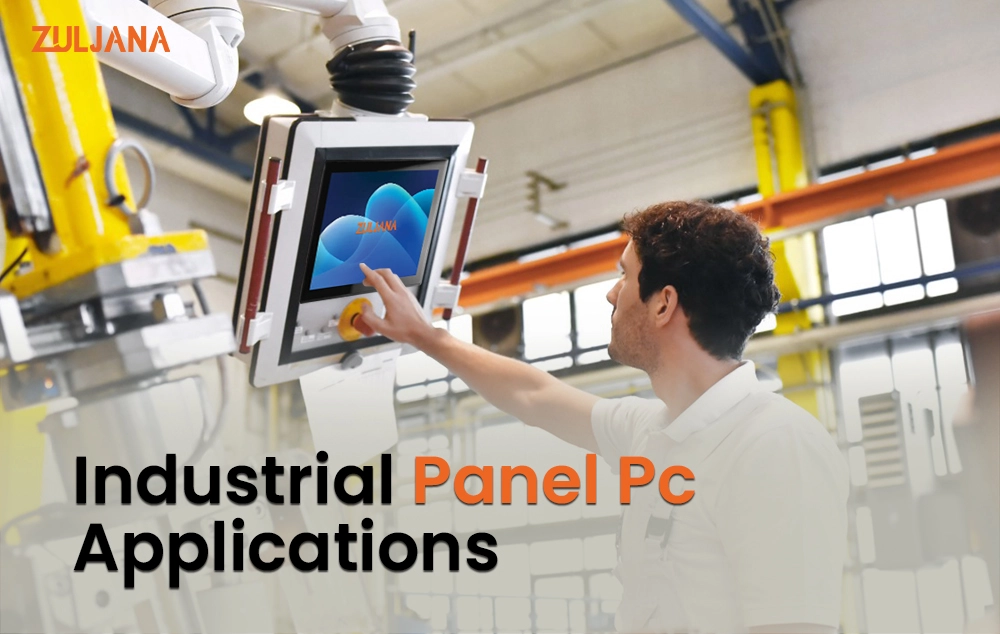BAOBAO Technology NEWS
BAOBAO INDUSTRIAL LATEST NEWS
Recent Posts
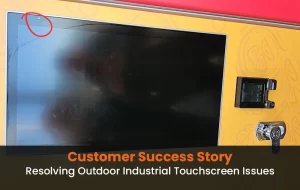
How We Solved a Problem for Our Customer in Italy
April 25, 2025
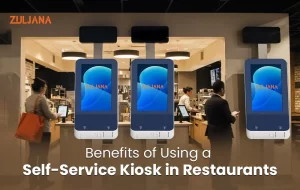
Benefits of Using a Self Service Kiosk in Restaurants
April 22, 2025
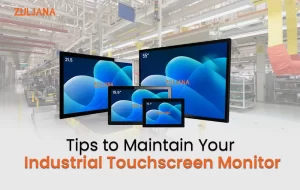
How to Maintain Your Industrial Touchscreen for Longevity
April 22, 2025
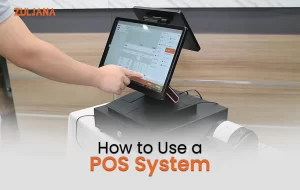
How to Use POS System | Complete User Guide
April 22, 2025
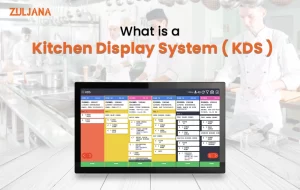
What is a Kitchen Display System ( KDS )
January 20, 2025

Want to Know More About Us
Check out our awesome touch screens.
Discover what makes our touch screens more demanding.
See how BaoBao Technology started small and now helps businesses around the world with our smart and reliable products!







